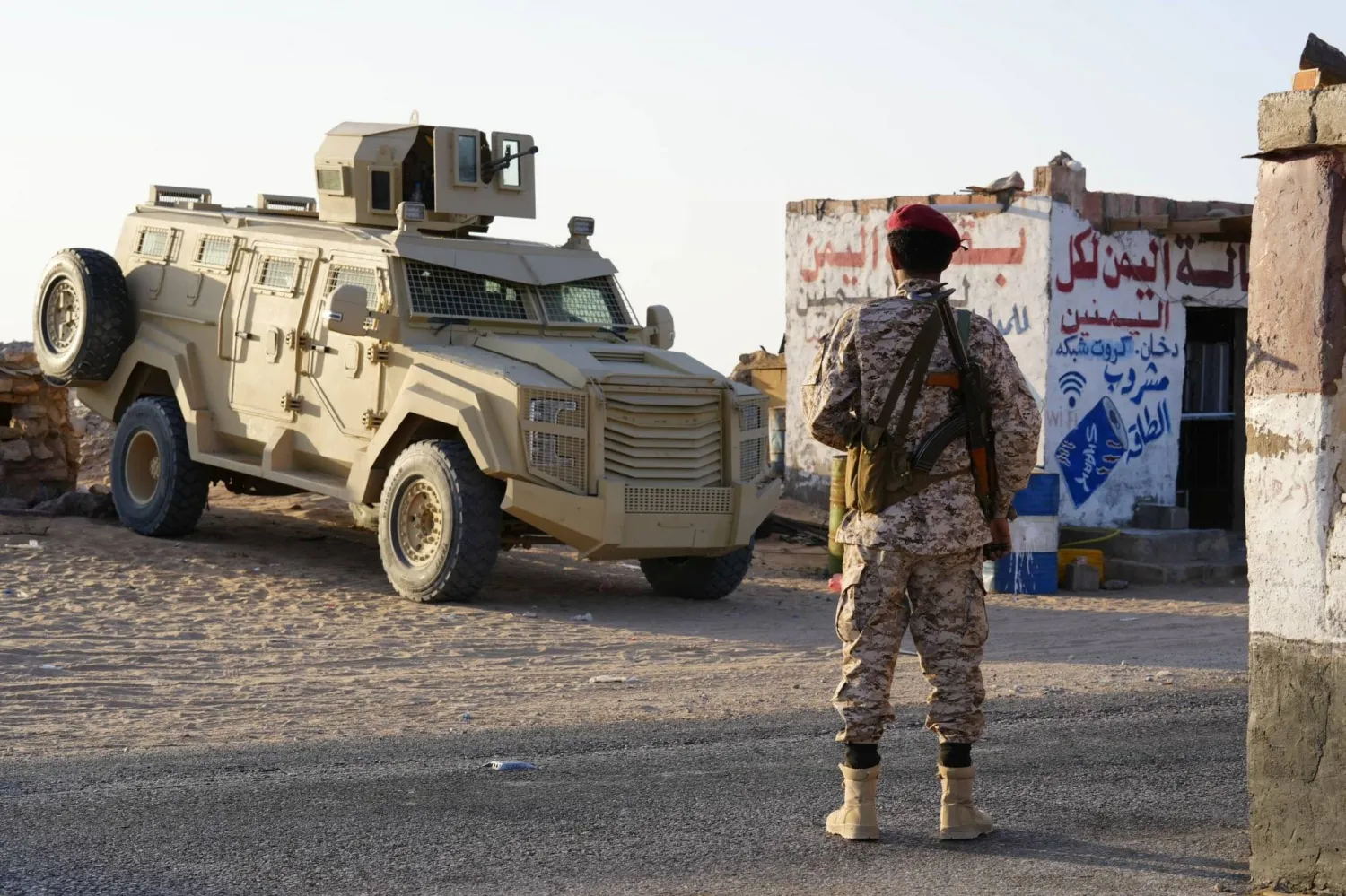As autumn rain and celebratory gunfire marked the morning after a ceasefire, residents of Beirut’s southern suburbs returned to their streets. Traffic quickly resumed in the densely populated area, a small sign of normalcy.
But the destruction left by Israeli airstrikes tells a different story. Hundreds of buildings were reduced to rubble, with unofficial estimates putting the number of destroyed structures at 450. Many nearby buildings were also damaged.
While the damage is less than the 720 buildings destroyed in 2006, the wider reach of the strikes this time has left even more structures affected, spreading destruction and hardship across the suburbs.
Destruction marks nearly every street in Beirut’s southern suburbs, where the air carries the stench of burned debris and what locals call “strange chemicals” from Israeli airstrikes.
Abed, a young Syrian guard, was collecting what was left of his belongings after a missile hit three floors of his building. While the structure didn’t collapse, the lower floors were destroyed, cutting off access to the upper ones.
Engineers deemed the building unsafe, and officials will decide whether to repair or demolish it. If torn down, residents will have a brief chance to salvage their belongings.
This story is repeated across the area, where crumbling buildings stand beside others severely damaged.
“Our neighbor’s building collapsed, damaging ours,” said Mohammad Hashim, a 60-year-old resident.
“Our home is unlivable—broken stairs, shattered windows, and winter is here.”
Hashim is renting a temporary apartment for $1,500 a month and expects to stay longer than planned.
Unlike in 2006, when Hezbollah quickly compensated displaced residents, no assistance has been offered yet. Many, like Hashim, are unsure whether to start repairs or wait for help.
Amid the destruction, celebrations continue. Hezbollah distributed flags and banners before the ceasefire, turning the streets into a surreal mix of rubble and “victory” parades. Cars waved flags, even as most residents lacked homes to return to.
Gunfire during the celebrations sent some fleeing for safety. “We survived Israeli missiles, but now their bullets might kill us,” a motorcyclist shouted while speeding away.
Beirut’s Southern Suburbs Welcome Residents Amid Ruins, Stray Gunfire

A Lebanese woman passes by the rubble of a building in Beirut's southern suburbs (Reuters)

Beirut’s Southern Suburbs Welcome Residents Amid Ruins, Stray Gunfire

A Lebanese woman passes by the rubble of a building in Beirut's southern suburbs (Reuters)
لم تشترك بعد
انشئ حساباً خاصاً بك لتحصل على أخبار مخصصة لك ولتتمتع بخاصية حفظ المقالات وتتلقى نشراتنا البريدية المتنوعة







